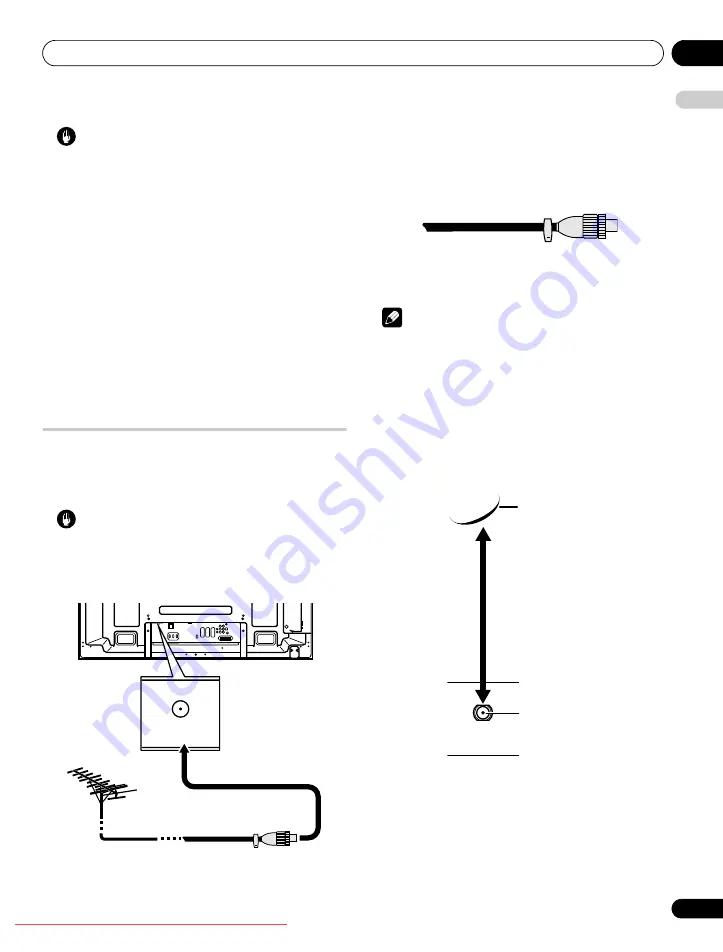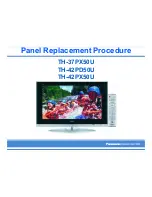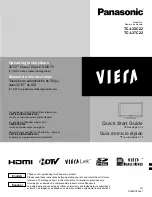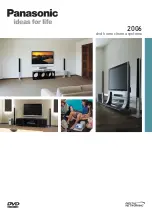
Preparation
05
17
En
E
n
glish
Caution
• A table or rack with adequate strength should always be used to
support the flat screen TV. Failure to do so could result in
personal injury and physical damage.
• When installing the flat screen TV, please take the necessary
safety measures to prevent it from falling or overturning in case
of emergencies, such as earthquakes, or of accidents.
• If you do not take these precautions, the flat screen TV could fall
down and cause injury.
• The screws, hooks, cords and other fittings that you use to
secure the flat screen TV to prevent it from overturning will vary
according to the composition and thickness of the surface to
which it will be attached.
• Select the appropriate screws, hooks, cords, and other fittings
after first inspecting the surface carefully to determine its
thickness and composition and after consulting a professional
installer if necessary.
• Do not use bare wires for the cord. If any part of the wire is
introduced into the ventilation port on the back of the display
panel, fire or electrical shock could result.
Basic connections
Connecting the antenna
To enjoy a clearer picture, use an outdoor antenna. The following is
a brief explanation of the types of connections that are used for a
coaxial cable.
Caution
• When the “Aerial Power” setting is on, directly connect the
aerial to the ANT input terminal at the rear of the flat screen TV.
Connecting any device between the aerial and flat screen TV
may cause damage to the device.
• Connect a 75-ohm coaxial cable (commercially available) to the
ANT terminal.
• If “Aerial Power” setting is enabled, use an indoor antenna with
signal amplifier, 5 V 30 mA.
Antenna cable (commercially available)
If your outdoor antenna uses a 75-ohm coaxial cable with a
standard DIN45325 plug (IEC169-2), plug it into the antenna
terminal at the rear of the flat screen TV.
Note
• If the antenna is not connected correctly, the quality of
reception may be impaired. If images are not displaying
correctly, check whether the antenna connection is correct or
not.
Connecting the satellite antenna
There are three different connection methods available as shown
below. Select the appropriate menu according to the switch you
use. See
Setting up satellite TV channels manually
on page 29. If no
details on how the antenna is connected (in a building, for
example), select “SMATV” from “Scan Type” on the “Satellite Setup”
menu.
T
W
T
W
Standard DIN45325 plug (IEC169-2)
75-ohm coaxial cable (round cable)
(commercially available)
Rear view
Direct connection to the flat screen TV
Satellite antenna
SAT (Satellite)
input terminal
PDP-LX609H.book Page 17 Wednesday, August 6, 2008 4:00 PM
















































